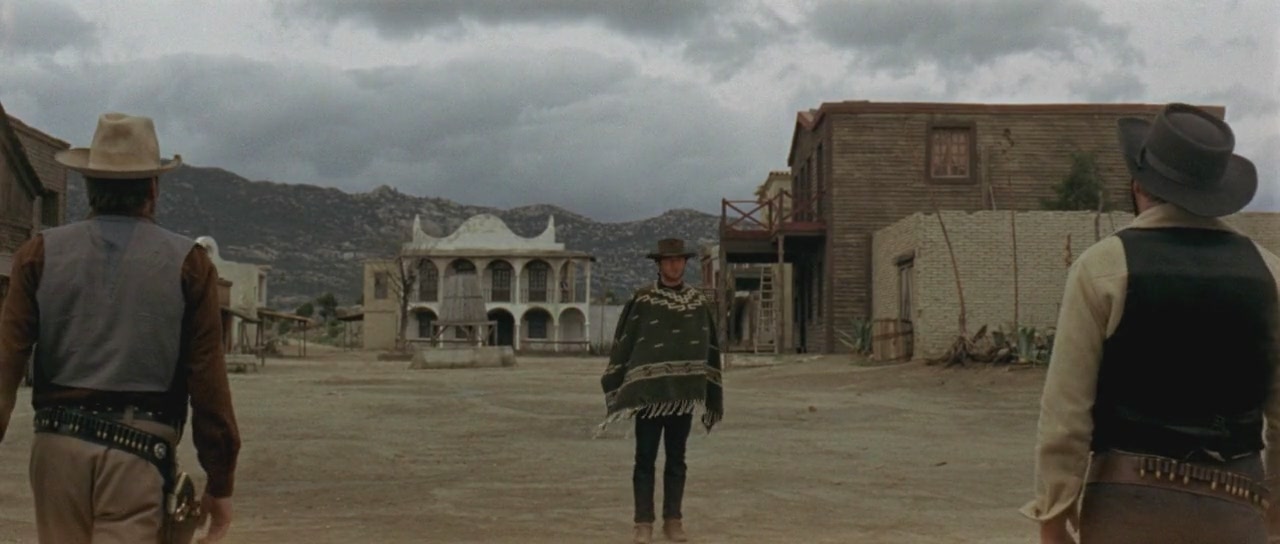MATT'S EDITORIAL 30/7/2014 - How many versions of a film are there in the world?

A few days ago I had a conversation with a person who grew up watching films dubbed, and could not understand how someone would be able to sit down to watch a subtitled movie. The general consensus of the casual movie watcher is that one would not want to sit down to be put off by having to read words on a screen.
It seems, sadly that reading is becoming more of a burden to some. Remember when learning how to read meant freeing yourself from the buckles of ignorance?
Better yet, for the purpose of this argument, is there something about subtitling that prevents a perception of cinema as a form of escapism?
At its best, dubbing represents the ultimate conveyer of escapism. Let’s take for instance that Italy rarely did any sync sound up until the eighties, and even the striking authenticity of neo-realism was rendered more cinematic by the use of ordinary people dubbed by professional actors. On the other hand, the technique of dubbing made for a more strangely dreamlike experience in the films by the likes of Fellini. Not only was the camerawork unburdened by the sound equipment. The dissonance between the lip movement and the dialogue provided a strange touch of artificiality.
 Let me enlighten you from personal experience. I was born in Italy and I am quite familiar with the art of dubbing in that country. Italy’s dubbing has been more or less accepted as the best in the world. Italy is a very dramatic country. From operatic melodrama to the world renowned diving of footballers, Italians have a penchant for exaggerating. Therefore, cinema too is accepted by the mass audience as having to be larger than life.
Let me enlighten you from personal experience. I was born in Italy and I am quite familiar with the art of dubbing in that country. Italy’s dubbing has been more or less accepted as the best in the world. Italy is a very dramatic country. From operatic melodrama to the world renowned diving of footballers, Italians have a penchant for exaggerating. Therefore, cinema too is accepted by the mass audience as having to be larger than life.
Here is a suited example. Clint Eastwood is obviously dubbed in both versions of Sergio Leone films, dollars trilogy. In the Italian version, Clint is dubbed by Enrico Maria Salerno, who gives him a tough man’s voice, very decisive in authoritative monotone. It is as good as dubbing gets, as far as execution is concerned. But hold on a minute. It is totally wrong!
Clint Eastwood, in general, has a very distinctive way of acting. This is a way that has been perfected and utilised over and over by the actor, who purposely chooses to deliver his lines almost in a whisper. In light of this, heck, that makes for a completely different performance as the man with no name. Whereas in the Italian version of the movie, what he says goes, in the English speaking version of the movie it’s more like – hey, you’ve been warned, if you heard me that is YOUR problem.
This adds a slightly unpredictable edge to his character, and a more sinister twist. In the Italian version, Clint is more two dimensional. Saying this, we must take into consideration what Leone himself famously said about the day about meeting Eastwood. “When Michelangelo saw a block of marble, he instantly envisioned David. When I saw Clint Eastwood, I instantly envisioned a block of marble”. Which was great, because this two dimensional type of performance is just what he wanted.
 At last year’s Venice Film Festival, I attended a panel on accessible cinema. The host of the panel used Casablanca as an example. The film has one of the most famous quotes in the history of cinema, Humphrey Bogart’s “here’s looking at you kid”. Yet, in the Spanish version, this line does not exist. Not even in the film’s celebrated ending. Instead of saying that, Spanish Bogey delivers a lukewarm “go with him, Ilsa”. Anyone familiar with the film will know that it is not the same!
At last year’s Venice Film Festival, I attended a panel on accessible cinema. The host of the panel used Casablanca as an example. The film has one of the most famous quotes in the history of cinema, Humphrey Bogart’s “here’s looking at you kid”. Yet, in the Spanish version, this line does not exist. Not even in the film’s celebrated ending. Instead of saying that, Spanish Bogey delivers a lukewarm “go with him, Ilsa”. Anyone familiar with the film will know that it is not the same!
So, here’s food for thought. Taking into consideration the fact that I am sure subtitling too is not perfect and the problem here lies within the translation of the film and whether it respects the original version of the filmmaker, when we watch a film and, to a certain extent, when we criticise one we should probably be aware of the fact that yes – a country’s taste changes from territory to territory. However, in a slight way, there may be more than one version of a film than we might know!